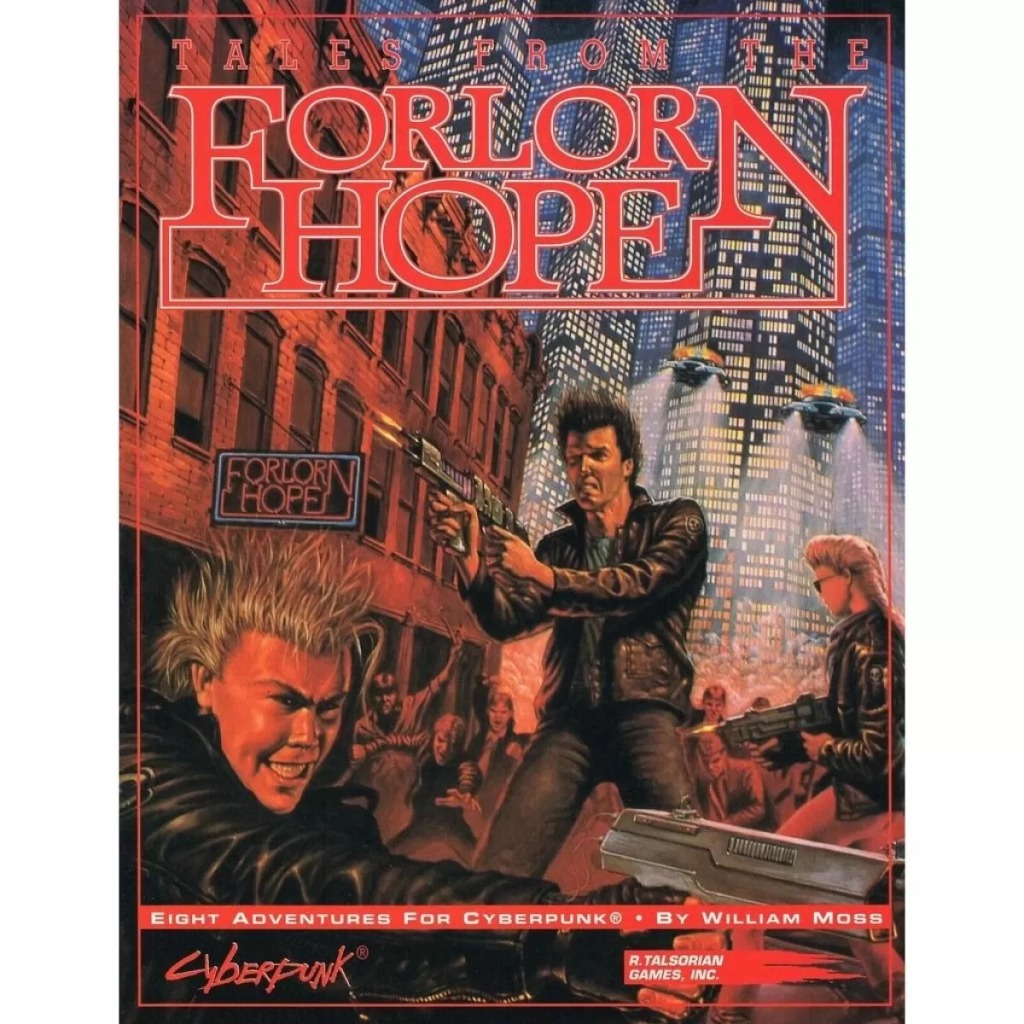I’ve started doing this more – sharing prep notes for one-shots. This time it’s for Fari RPGs game of space mining dwarves, Stoneburner – a rules-light solo-friendly game you’ll be seeing on Unconventional GMs soon!
As always, it’s up to you how complete this prep is for you to run the game yourself; a combination of this and watching the Actual Play on youtube should give you a head-start though, and it might be useful for what prep could look like for your game. I started by using Stoneburner’s great random tables, and then filled them out as best I could. The scribbly map and notes are below – an essential first step in any one-shot prep!
While you’re reading this, I should tell you about my Patreon. Patrons get access to content 7 days before they hit this site, the chance to request articles or content, and the chance to play in one-shot games, for a very reasonable backer level of £2 per month. If you like what you read, want to support the blog, and have the funds for it, please consider supporting here. Telling people about the blog, and sharing links/retweeting is much appreciated also – thanks!
Continue reading →